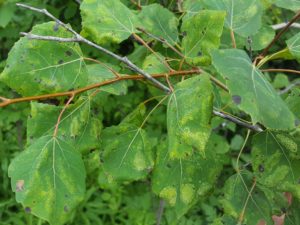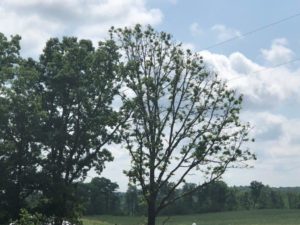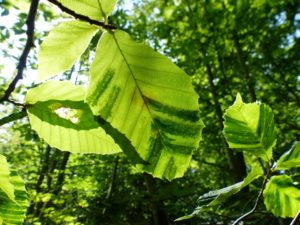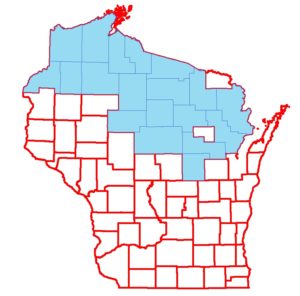It’s late August. The days are noticeably shorter, southerly bird migration has begun, and (gasp!) kids will be going back to school soon. You’re probably also noticing that your bounty of flowering plants is looking a bit ragged. To help shorten your list of fall clean-up chores, get a jump on things now! Your property will also be in better condition should a wildfire occur in your area.
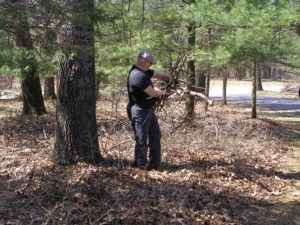
Removing dead trees, branches and shrubs from around you home can help reduce your wildfire risk should a wildfire occur in your area.
While we see most Wisconsin wildfire activity in the spring, fires can occur any time of the year when snow is not on the ground. We see spikes in occurrence in summer during dry spells and again in autumn when the leaves fall and the ground vegetation cures. All this dry matter can become fuel for a wildfire. Removing this debris is particularly important if you live or own property in a community at risk. In short, these are areas where sandy soils, oaks and pine trees are abundant.
What can you do? Start with the area immediately around your home and work outwards from there. Cut back the flowering plants that have faded and compost the debris. Remove any dead trees, branches or shrubs. If you have evergreens around your home, look at how close they are to one another. Evergreens are especially flammable; consider removing any trees necessary to keep at least 15 feet between the branches from tree to tree within 30 feet of buildings. Prune lower branches up and away from the ground. Check your town’s website for info on timing of curbside brush pick-up or brush collection site hours. These types of services are generally offered on a limited basis, so don’t miss out! For more info on ways to prepare your home for wildfire, check out our website!

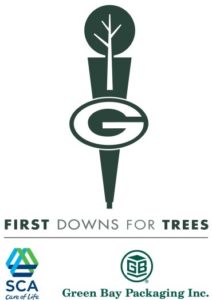 The Green Bay Packers, along with corporate sponsors Essity and Green Bay Packaging Inc., marked another successful year of the “First Downs for Trees” program by planting trees at Ashwaubenon’s Klipstine Park on Thursday, July 19th. These sponsors provided the funds for the planting 444 trees in 17 Brown County communities. These trees will provide total lifetime benefits of $2,132,200.
The Green Bay Packers, along with corporate sponsors Essity and Green Bay Packaging Inc., marked another successful year of the “First Downs for Trees” program by planting trees at Ashwaubenon’s Klipstine Park on Thursday, July 19th. These sponsors provided the funds for the planting 444 trees in 17 Brown County communities. These trees will provide total lifetime benefits of $2,132,200. 